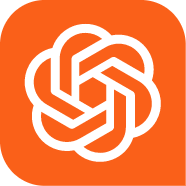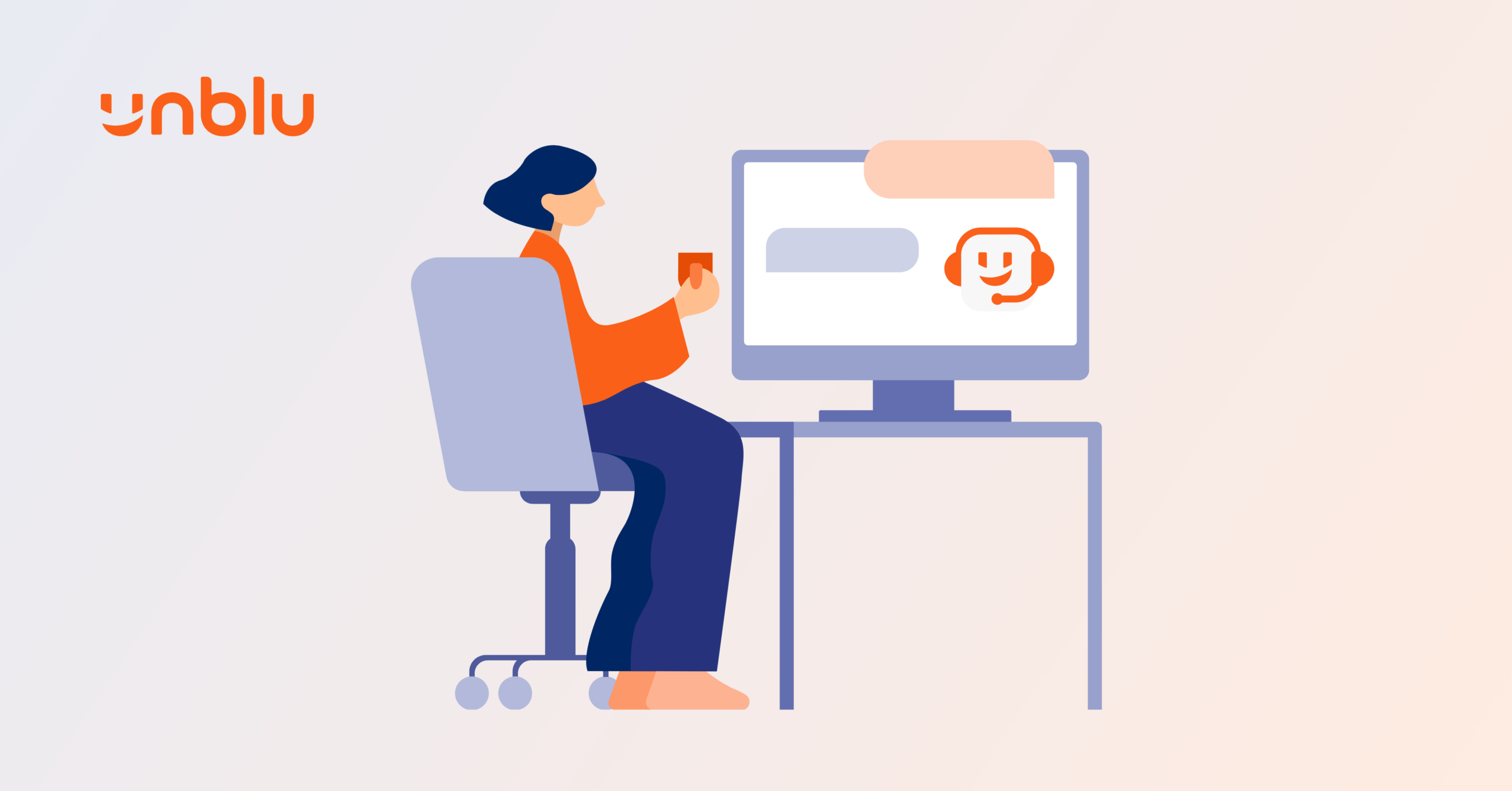Conversational AI
Help is at hand
Empower your customers with personalized self-service – night or day, and assist your agents with real-time AI guidance.
Request a demoMore efficiency. More revenue
Human-like assistance
With natural language processing and machine learning tools, reach the balance between automation and personalized experience.
Ease your workload
Let the chatbot take up to 45% of incoming inquiries right out of the box.
Consistent user experience
Web. Mobile app. SMS. Messaging app. Enjoy a consistent user experience across channels.
Your bot sidekick – night or day
Boost self-service adoption. Improve operational efficiency. Increase customer satisfaction. Reinvent the in-person experience online.
Frequent industry questions
Implement a bot equipped with answers to the most frequently asked questions in the financial services industry.
Easy-train bot for business users
Let the bot handle up to 70%–80% of incoming inquiries when monitored and trained by business users.
Out-of-the-box chatbot deployment
No-fuss implementation and easy maintenance
Guided deployment
Specialist bot routing
Split delivery
No-code bot training and automation
The Unblu team is on hand to ensure efficient deployment without impacting service quality.
The smart Orchestrator examines customer intent to ensure the best specialist bot handles the request.
Lightning quick training validation before going into production.
Update common customer queries to configure the intent and improve performance.
The smart bot just got smarter
Unblu’s chatbot powered by Open AI for shorter sales cycles and enhanced FCR

Training support
Use the bot trainer assistant to create better intents and appropriate responses.
Bot sidekick
Increase Live Chat efficiency with suggested responses that boost efficiency and maximize resolutions.
Why Unblu
Of support requests transferred to the new channels.
First Contact Resolution With Live Chat/WhatsApp. (Email = 35% / Phone = 40%)
Bot Resolution Rate
Agent productivity
Full feature list
Browse Unblu Spark’s full list of features at your own pace.
See in action
















